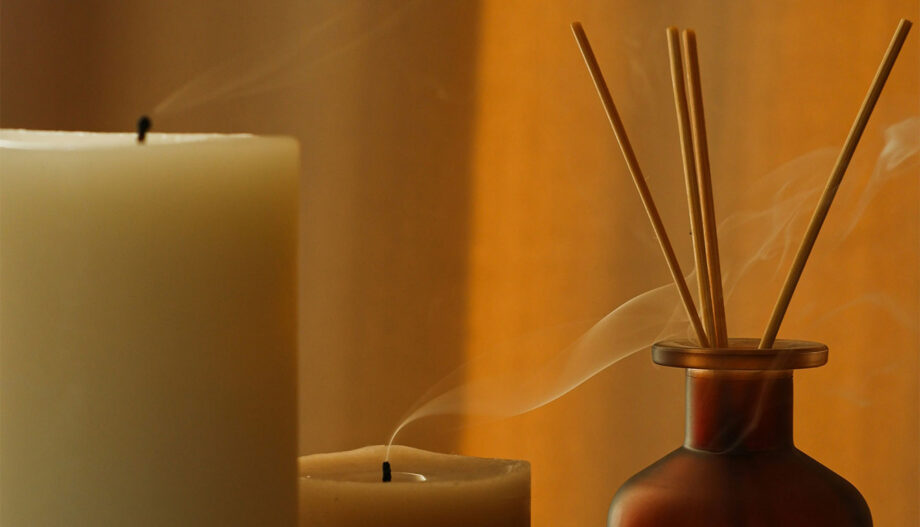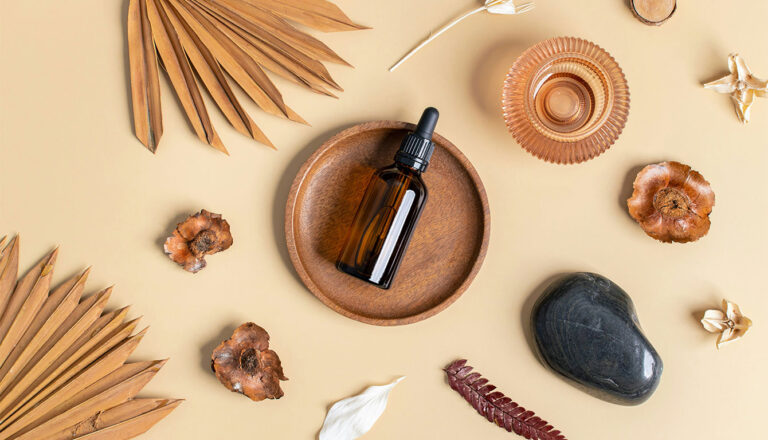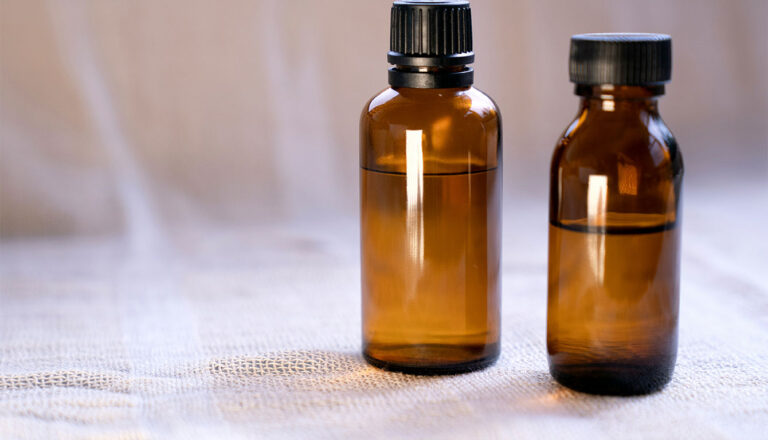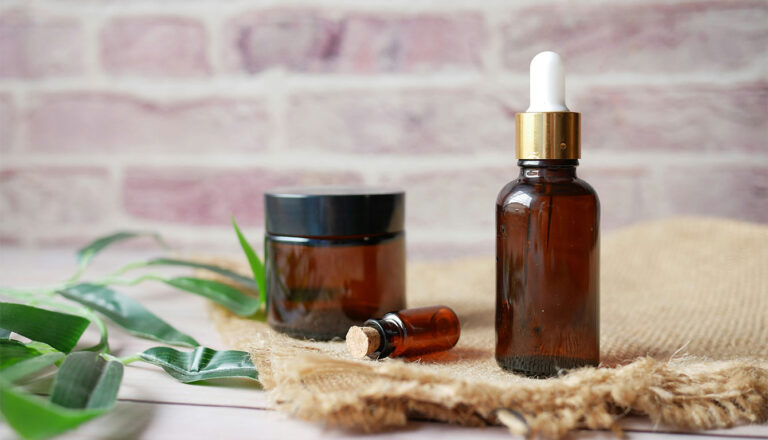Yes. This approach places hands‑on body work at its heart, blending calming strokes with essential oils to support relaxation and well‑being.
At the start, clients sample scented blends and learn about oils extracted from plants and their properties. The therapist often invites deep inhalations and uses a gentle head and scalp sequence to settle you in.
The session mixes flowing techniques with chosen oil diluted in a carrier such as sweet almond or jojoba. Expect work on muscle tension, improved sleep and a calmer state throughout the body.
Providers in the UK offer clear options: lengths from 30 to 120 minutes and sample prices that help you plan. High‑quality oils and a skilled therapist make a real difference to comfort and outcomes.

Key Takeaways
- Core answer: the offered service pairs hands‑on work with aromatic oils for relaxation and support.
- Clients begin with a consultation and scent choice before the practitioner applies blended oil.
- Sessions aim to ease muscle tightness, boost sleep quality and soothe the mind.
- Quality oils and therapist skill are key to safety and results.
- UK providers list clear timings and prices to help you plan a visit.
Short answer: yes — aromatherapy treatment includes massage as the core of the experience
Yes — aromatherapy massage centres on expert, hands‑on work. Skilled strokes are the main element, with scent layered on to support calm and comfort.
Your session commonly begins with three deep inhalations and a short head sequence to settle you. The therapist will explain choice of oils and tailor pressure so the work feels effective yet comfortable.
Clients pick from blends such as lavender, peppermint, bergamot, rose or geranium. These oils are diluted in a carrier and applied to the skin, so the fragrance supports the touch rather than masking it.
- Quick summary: aromatherapy massage also uses soothing strokes plus scent to ease tension and promote relaxation.
- The focus remains on skilled body work, with fragrant blends enhancing the overall benefits you feel.
What actually happens during an aromatherapy massage session
A short consultation sets the scene: preferences, problem areas and a quick scent trial guide the session plan.
Consultation and choosing your bespoke essential oil blend
The therapist asks how you feel and which areas you want prioritised. You will smell a few essential oils and learn their properties before selecting a preferred blend.
A fresh oil mix is made in the room by blending your chosen essential oil into a skin‑friendly carrier oil so the texture and aroma suit you.
Inhalations, soothing touch and a calming head/scalp massage to begin
Once on the warm couch you take three slow inhalations of the chosen scent to arrive in the moment. A gentle scalp massage follows so the aroma is present as the session moves into flowing work.
From couch set-up to aftercare — how the session flows
The treatment usually runs 60–90 minutes, though some providers offer 30–120 minutes to suit different needs. The practitioner adapts pressure and techniques to ease tension in the back, shoulders, neck and legs.
- Checks and comfort: the therapist checks in discreetly and adjusts focus on tight areas.
- Sequencing: work is thoughtfully ordered so the body unwinds steadily.
- Aftercare: you get time to dress, offered water and simple advice; some clinics will decant any leftover blend for home use.
Massage techniques used in aromatherapy: gentle to deeper options
Hands begin by sweeping the limbs in gentle rhythm to settle the nervous system. That first glide is usually effleurage — long, flowing strokes that calm and spread oil evenly.
Swedish foundations: effleurage and petrissage for relaxation
Therapists use effleurage and petrissage to soothe the body. Petrissage is kneading that eases muscle tension and boosts circulation.
Targeted work: friction and tapotement to loosen tissue and warm muscles
Friction heats specific tissue to prepare it for deeper attention. Tapotement — rhythmic tapping — can enliven tired muscles and release surface tension.
Light to medium pressure as standard, with deeper work on request
Pressure usually stays light to medium for comfort. You may ask for firmer focus on specific areas. The sequence warms muscles before deeper work for safety and comfort.
When we blend aromatherapy with deep tissue
Skilled therapists can mix Swedish methods with elements of deep tissue to target knots while keeping the experience soothing.
“Oils help glide and comfort, but it is the hands that create the mechanical change.”
- Techniques are sequenced sensibly.
- Oils aid glide; the therapist adapts pace and pressure to your goals.
- For desk‑related muscle tension, focused work eases tight spots without losing calm.
For more on how this blend works in practice, see our guide to aromatherapy massage.
Essential oils used: how we tailor the blend to you
We personalise each blend by matching scent profiles to your goals and skin needs.
Popular choices and effects
Lavender features often for calm and sleep support. Chamomile soothes, while citrus and eucalyptus bring clarity and freshness.
Peppermint lifts and cools. Geranium and rose add floral warmth and balance.
Carrier oils that nourish the skin
Your therapist mixes pure essential oils with a nourishing carrier oil such as sweet almond, jojoba, grapeseed or sesame. This gives good glide and feels gentle on the skin.
Creating a safe, balanced oil blend for specific areas and conditions
Blends are made fresh in the room. Ratios are balanced so the aroma is pleasant yet mild enough for full‑body use or targeted work.
- Safety first: dilution, patch checks and a quick chat about sensitivities keep things safe.
- Personalised goals: combos are adapted for calming, focus or easing desk‑related tension.
- Quality matters: we prefer pure plant extracts rather than synthetic fragrance for clearer properties and better results.
“You’ll leave knowing exactly what went into your blend and how to describe preferences next time.”
Benefits you can feel: relaxation, easing muscle tension and more
Scent and skilled touch combine to shift your nervous system into a more settled state. Inhaled aromatic molecules stimulate the olfactory nerves and influence the brain’s limbic system, helping the mind relax while hands work on the body.
Mind‑body effects: scent, touch and the limbic system
Inhalation brings rapid calming; oils absorbed through the skin add a slower, local effect. Clients often report reduced anxiety, brighter mood and easier breathing after a session.
A brief scalp massage at the start, paired with slow breathing, helps the body arrive and stay present throughout the session.
Body benefits: improved circulation, reduced soreness and better sleep
Skilful work supports circulation and lymphatic flow, which can lessen soreness and swelling. Even Swedish‑style pressure can loosen tight muscles when paced correctly.
Many people notice better sleep after an evening session. The perceived healing comes from steady, gentle work and considered essential oils rather than forceful pressure.
“You may leave feeling lighter, calmer and with noticeably softer muscle tension.”
- Key benefits: relaxation, eased tension and improved recovery.
- High‑quality oils and a peaceful setting deepen the positive effects.
does aromatherapy treatment include massage — and how is it different from a regular massage?
A skilled therapist layers scent onto hands‑on work so the session soothes both mind and body. The core is still expert, physical work, but the chosen oil blend adds an intentional sensory element that shifts how you feel during and after the session.
Massage also with essential oils: what the addition of aroma achieves
The aroma engages the nose and limbic system while the oil glides across the skin. This dual route — inhalation plus skin absorption — helps calm the nervous system and can change the perceived effects of the same techniques.
Simply put, adding essential oils aims to influence mood and reduce stress as the therapist works on muscles and tension.
When to choose aromatherapy massage versus Swedish or pure deep tissue
Pick an aromatherapy massage when you want gentle to medium pressure and a relaxing sensory experience. Choose pure deep tissue for targeted, intense work on a specific muscle problem.
- Aromatherapy massage: best for stress, sleep and a rounded mind‑body effect.
- Swedish massage: simple, oil‑based relaxation to ease general tightness.
- Deep tissue: focused pressure to release stubborn knots; aroma may be secondary.
“The oil choice, scent profile and technique combine so you can pick the approach that fits your day.”
Your therapist will explain likely effects and help you match the session to your current needs.
Session lengths and pricing options in the UK
You can pick a slot that suits your day: common durations are 30, 60, 90 or 120 minutes, so treatments fit around work or family life.
Typical durations
- 30 minutes — a focused reset for tight areas and quick relief.
- 60 minutes — a full‑body light focus that works well as an introduction.
- 90 minutes — unhurried care for priority areas and deeper relaxation.
- 120 minutes — the most comprehensive unwind, ideal for an immersive experience.
Example pricing
| Duration | Typical London price |
|---|---|
| 30 minutes | £69 |
| 60 minutes | £99 |
| 90 minutes | £133 |
| 120 minutes | £168 |
Regional providers may be cheaper; for example, a 90‑minute aromatherapy massage can be around £75 outside London.
What you pay for usually covers a short consultation, bespoke oil selection and the hands‑on work itself. Arrive a few minutes early so clients can settle and the therapist can check preferences.
“If you’re trying this for the first time, 60 minutes gives a complete, balanced flow for the body.”
- Booking tips: many London clinics run seven days, often with evening slots and online booking across locations.
- Choosing duration: pick 30 for a quick reset, 60 for a full session, 90 or 120 for a deeper, unrushed experience.
Who it’s ideal for: clients, conditions and goals
If your priority is rest and gradual relief from tight muscles, this is a good choice. It suits people who want calmer evenings, better sleep and a gentler route to easing daily strain.
From stress and sleep support to muscle tension and mood
Ideal clients include those with long working hours, frequent travel or desk‑based postures. Such routines often lead to increased muscle tension and a lower mood.
Consultations explore lifestyle themes like stress, sleep, digestion, inflammation and sore joints. That helps therapists pick suitable oils and techniques for your goals.
- Stress and sleep: this approach helps shift the nervous system toward rest and improves sleep habits.
- Desk or training tension: flowing work eases tight muscles and common problem areas such as neck, shoulders and lower back.
- When firmer focus is needed: deep tissue elements can be added, while keeping the overall tone restorative.
Those sensitive to scent benefit from lighter blends or single oils so relaxation stays central. Even a 30–60 minute session can reset mood and reduce tension for the rest of the day.
“Regular sessions can help maintain calm, reduce baseline tightness and support a more balanced routine over time.”
Why choose our therapists and oils
Your comfort and results matter. We pair expert hands with pure, high‑grade oils to give a reliable and relaxing service across London.
Skilled, friendly therapists who personalise pressure and techniques
Our therapists are professionally qualified and trained to adapt pressure and approach so the session feels effective yet soothing from start to finish.
Heated couches, a quick consultation and clear checks on pressure and health ensure work is safe and targeted. Public ratings average 4.8/5 from over 5,000 reviews.
High‑quality organic essential oils and skin‑friendly carrier oils
We use pure essential oils used alongside nourishing carrier oils such as jojoba and sweet almond. This supports skin comfort, true aroma and consistent benefits.
Blends are chosen for their properties and your scent preference, so the fragrance complements the work without overpowering it.
Convenient UK availability: extended hours and multiple London locations
Book online for flexible slots seven days a week from 9am–10pm across several central locations.
Whether you want gentle care or firmer, deep tissue focus in specific tissue, our team adapts while keeping a calm overall tone.
- Consistent quality: standards are kept high at every site.
- Simple booking: online scheduling and evening appointments make visits easy.
- Health aware: therapists discuss any concerns and tailor the plan for safety.
| Feature | What we offer | Benefit |
|---|---|---|
| Therapists | Professionally qualified, friendly | Personalised pressure and confident techniques |
| Oils | High‑grade essential and carrier oils | Skin comfort, authentic aroma, consistent results |
| Availability | Multiple London sites, 9am–10pm, 7 days | Easy booking to fit work and life |
| Facilities | Heated couches, clean rooms | Comfort and enhanced perceived benefits |
“From welcome to farewell, our focus is your comfort, calm and a result you can genuinely feel.”
Safety, skin considerations and aftercare
Therapists ask a few simple questions to make sure the chosen oil suits your skin and current conditions. This quick check helps us avoid known allergens and pick gentler options when needed.
Allergies, sensitivities and patch guidance
Tell your therapist about any allergies, medications or pregnancy so essential oils can be chosen safely. We will note any past reactions and adapt the plan to reduce risk.
Where needed, a small patch test can be offered. If you mention sensitive skin, we select lighter oils used for low irritation.
Dilution, carriers and sensible blending
All essential oil is blended into a suitable carrier at safe dilution levels. This gives good glide, supports skin comfort and follows guidance for topical use.
If you have reactive skin, we choose milder notes and a simpler blend to keep the session pleasant while still supportive.
- Aftercare: drink water or herbal tea and rest to let the calming effects integrate.
- Use any take‑home blend sparingly — a few drops in a warm bath or as advised extends relaxation.
- Avoid very hot showers immediately; a warm rinse later is kinder to sensitive skin.
- Watch the next 24 hours for irritation; stop topical use and tell your therapist if redness appears.
| Issue | Advice | Why it matters |
|---|---|---|
| Known allergy | Avoid the oil and choose an alternative | Prevents reactions and keeps skin safe |
| Reactive skin | Lower dilution, gentler oils | Reduces irritation while allowing healing |
| Take‑home blend | Use sparingly, follow instructions | Extends benefits without over‑exposure |
| Post‑session care | Hydrate, rest, light movement | Supports circulation and lasting ease |
“A little caution and simple aftercare help you enjoy the benefits while keeping skin happy and calm.”
Conclusion
To conclude, a bespoke oil blend and confident hands create a soothing, whole‑body experience.
Skilled therapists combine tailored essential oils with therapeutic touch to help relax muscles, ease tension in tissue and support overall health. Sessions run from 30–120 minutes so you can choose a time that suits your day.
Benefits often include better sleep, lighter muscles and steadier mood. Aromatherapy massage brings fragrance and hands‑on care together to promote calm and lasting relaxation.
Ready to book? Find full details and online booking for a personalised session at aromatherapy massage and let a tailored blend and expert therapists help relax your whole body.
FAQ
Does aromatherapy treatment include massage as the core of the experience?
Yes — the service centres on a hands‑on session that combines skilled touch with aromatic essential oils diluted into a carrier oil. Therapists consult first, then apply a customised oil blend while using soothing strokes to promote relaxation and ease muscle tension.
What actually happens during an aromatherapy massage session?
Sessions begin with a brief consultation to choose a bespoke essential oil blend based on your needs. Light inhalations and a calming scalp or head rub help settle the nervous system before body work begins. The therapist moves from the couch set‑up through targeted areas and finishes with aftercare advice and, if required, a small take‑home sample of the blend.
Which techniques are commonly used, from gentle to deeper options?
Practitioners use Swedish foundations such as effleurage and petrissage for general relaxation, with friction and tapotement for warming tissues and releasing tightness. Standard pressure is light to medium; deeper work is offered on request or when therapists mix aromatherapy with deeper tissue techniques.
What essential oils are most often used and why?
Popular choices include lavender for calming, chamomile for soothing, citrus for uplift, eucalyptus and peppermint for clearing, and geranium or rose for balancing. Each oil has distinct properties and is chosen to match your goals, mood and any physical complaints.
Which carrier oils are used to make blends skin‑friendly?
Skin‑nourishing options include sweet almond, jojoba, grapeseed and sesame oil. These dilute concentrated oils, aid application, and support skin health while minimising irritation.
How does adding essential oils change a regular massage?
The aromatic component engages the limbic system, enhancing mood and relaxation beyond purely mechanical benefits. Combined with touch, scents can help reduce stress, improve sleep and deepen the sense of wellbeing compared with a standard massage using unscented oil alone.
When might someone choose aromatherapy over a Swedish or pure deep tissue session?
Choose aromatic blends when you want emotional support, stress relief or mild muscle easing. Opt for Swedish for general relaxation without scent, and pick pure deep tissue or sports therapy when the main aim is intensive, structural work on chronic knots or sports‑related issues.
What are typical session lengths and price ranges in the UK?
Common durations are 30, 60, 90 or 120 minutes to fit different schedules. Prices vary by location and therapist level; a 60‑minute session usually includes consultation, treatment and brief aftercare. Check the specific clinic for exact rates and inclusions.
Who benefits most from this form of care?
It suits clients seeking stress reduction, improved sleep, help with mild muscle tension, mood support or a restorative experience. Therapists adapt blends and pressure to accommodate pregnancy, age or specific conditions when appropriate.
Why choose our therapists and oils?
Our team comprises skilled, friendly practitioners who personalise pressure and techniques. We use high‑quality organic essential oils and skin‑safe carrier oils, offering convenient availability across multiple London locations and flexible appointment times.
What safety checks and aftercare should I expect?
Therapists screen for allergies and sensitivities and perform patch guidance when necessary. After a session, simple aftercare includes staying hydrated, resting if possible and following any bespoke advice, such as using a take‑home blend sparingly or avoiding strong sun on treated skin.





